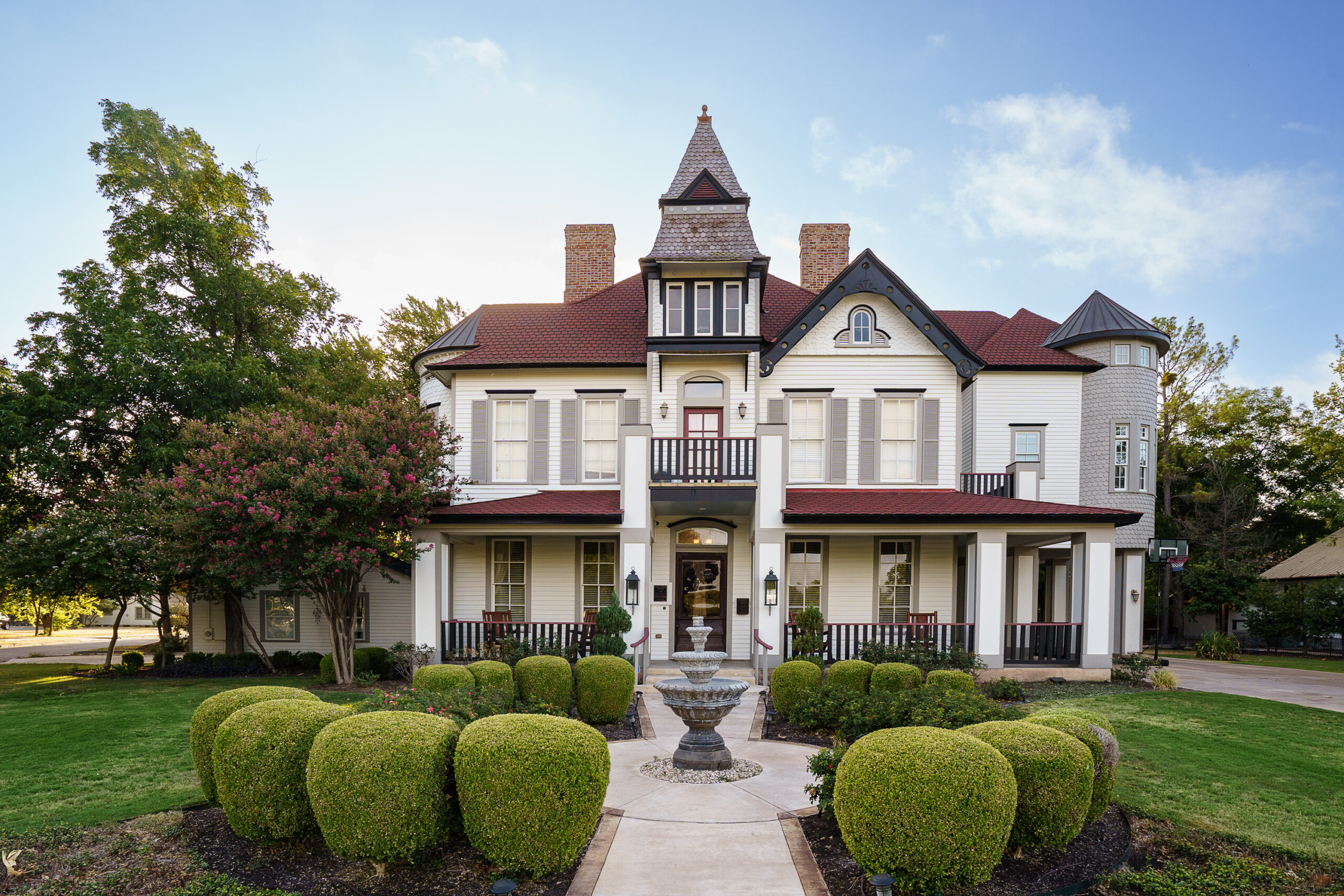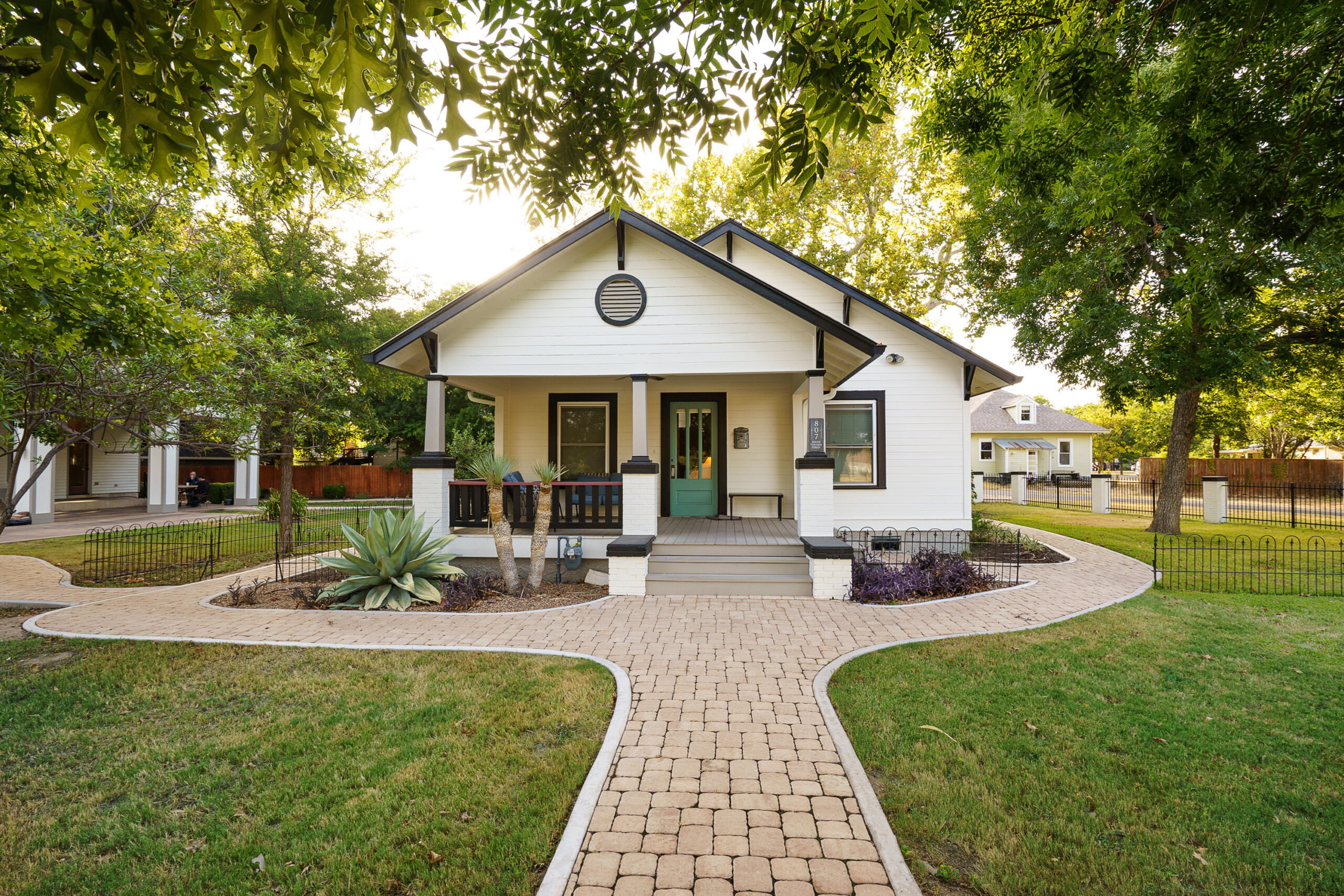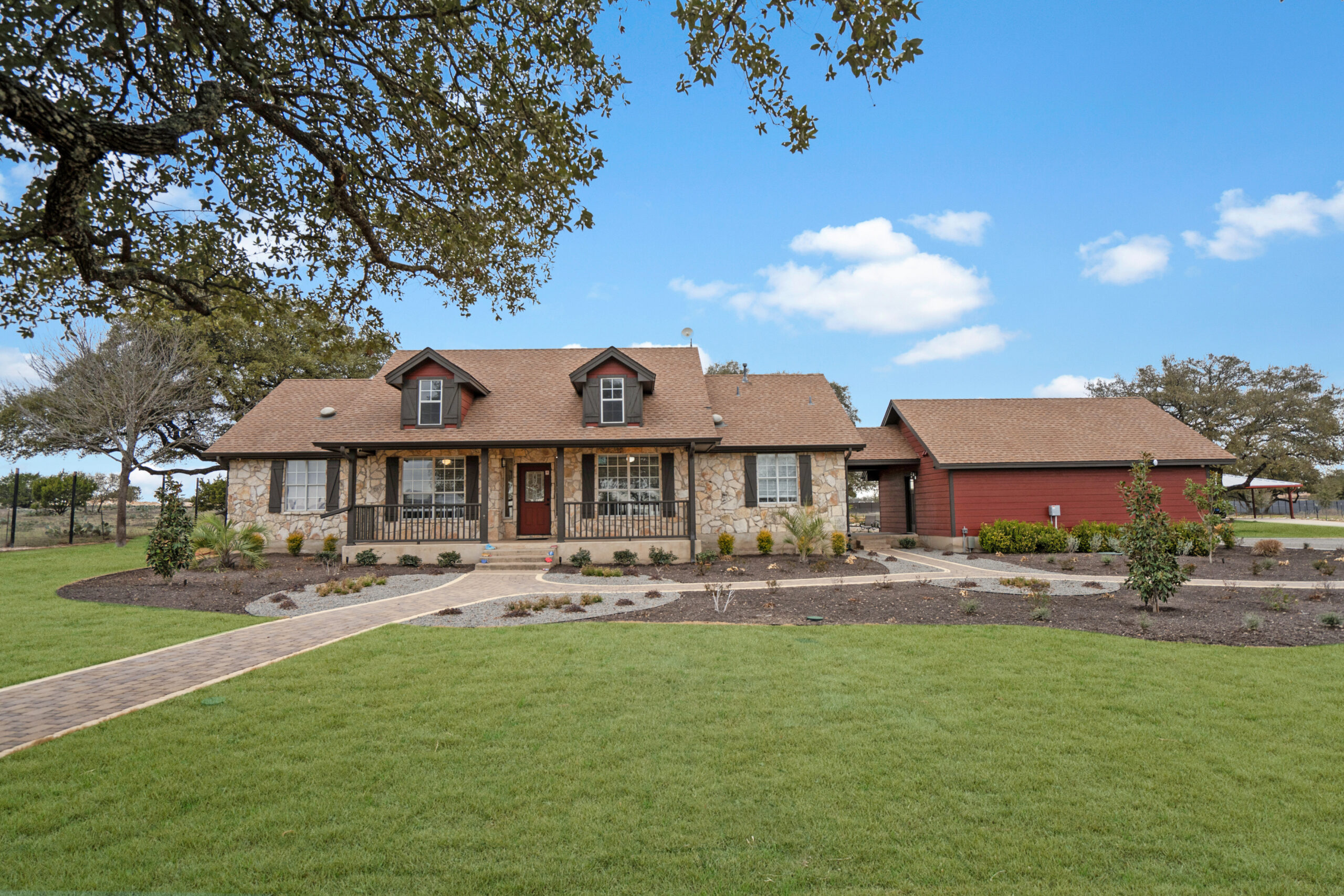What are the primary goals of inpatient treatment for schizophrenia?
Inpatient treatment for schizophrenia aims to stabilize acute symptoms, providing a safe and structured environment that reduces external stressors. At Alta Loma, we focus on holistic well-being and the development of life skills, ensuring that our residents are not just managing symptoms but are also prepared for reintegrating into society. Think of inpatient care as taking a sabbatical to focus entirely on health, where the primary goal is to create a foundation for long-term stability and recovery. Have you ever thought about how a supportive environment can influence your healing journey?
How does inpatient treatment differ from outpatient care for schizophrenia patients?
The key difference lies in the level of care and supervision. Inpatient treatment offers 24/7 monitoring, which is crucial for individuals experiencing severe symptoms that impact their daily functioning. Outpatient care is more flexible, allowing individuals to live at home and attend scheduled therapy sessions. For someone who needs close supervision and an intensive support system, inpatient treatment provides a more controlled and focused environment, akin to a safety net during the most challenging times. What kind of environment do you think would best support your or your loved one’s recovery journey?
Why is a structured environment essential for individuals undergoing inpatient treatment for schizophrenia?
A structured environment minimizes external stressors and provides predictability, which is vital for those with schizophrenia. It helps in reducing anxiety and allows the individual to focus on treatment without the distractions of daily life challenges. Imagine trying to solve a complex puzzle amidst chaos; a structured environment gives you the quiet and order necessary to piece the puzzle of recovery together. What aspects of a structured environment do you find most comforting during stressful times?
What misconceptions exist about inpatient treatment for schizophrenia, and how can they be addressed?
One common misconception is that inpatient treatment is only for those with severe and untreatable cases. In reality, inpatient care can benefit anyone needing intensive support, even temporarily. Another misconception is that such facilities are like hospitals, but many centers, including Alta Loma, resemble serene retreats focusing on healing and personal growth. Addressing these misconceptions involves sharing success stories and highlighting the comprehensive, supportive nature of the care provided. What perceptions do you have about inpatient treatment that might need reconsideration?
How do specialized therapeutic interventions enhance the treatment of schizophrenia in inpatient settings?
Specialized therapeutic interventions, such as cognitive behavioral therapy and recreational therapy, play a crucial role in treating schizophrenia. They help in improving coping skills and cognitive functions while addressing emotional and social needs. For example, recreational therapy might involve art or music therapy, which can enhance social skills and provide emotional outlets. At Alta Loma, we integrate these therapies to promote a well-rounded recovery process. Have you experienced any form of therapy that significantly impacted your mental health journey?
What should one consider when choosing an inpatient treatment facility for schizophrenia?
When choosing a facility, consider the treatment philosophy, staff experience, available therapies, handling of co-occurring disorders, and the average length of stay. It’s crucial to find a center that aligns with your recovery goals and offers a comprehensive care approach. At Alta Loma, we emphasize personalized care, ensuring each resident receives tailored treatment for the best outcomes. What factors would most influence your decision when selecting a treatment facility?
How do peer and community support within inpatient settings contribute to recovery from schizophrenia?
Peer and community support provide critical emotional backing and foster a sense of belonging, which is essential for recovery. Sharing experiences with others facing similar challenges can reduce feelings of isolation and stigmatization. At facilities like Alta Loma, structured group activities and interactions within the community create a network of support that empowers individuals. Have you ever found strength and comfort in a community during challenging times?
What are the long-term benefits of completing an inpatient treatment program for schizophrenia?
Completing an inpatient treatment program can lead to improved symptom management, better life skills, and stronger coping mechanisms. Residents often leave with a deeper understanding of their condition and a solid plan for maintaining stability. The holistic approach at Alta Loma prepares individuals for reintegration into society, ultimately leading to a more fulfilling life. How do you envision your life changing after completing a comprehensive treatment program?







